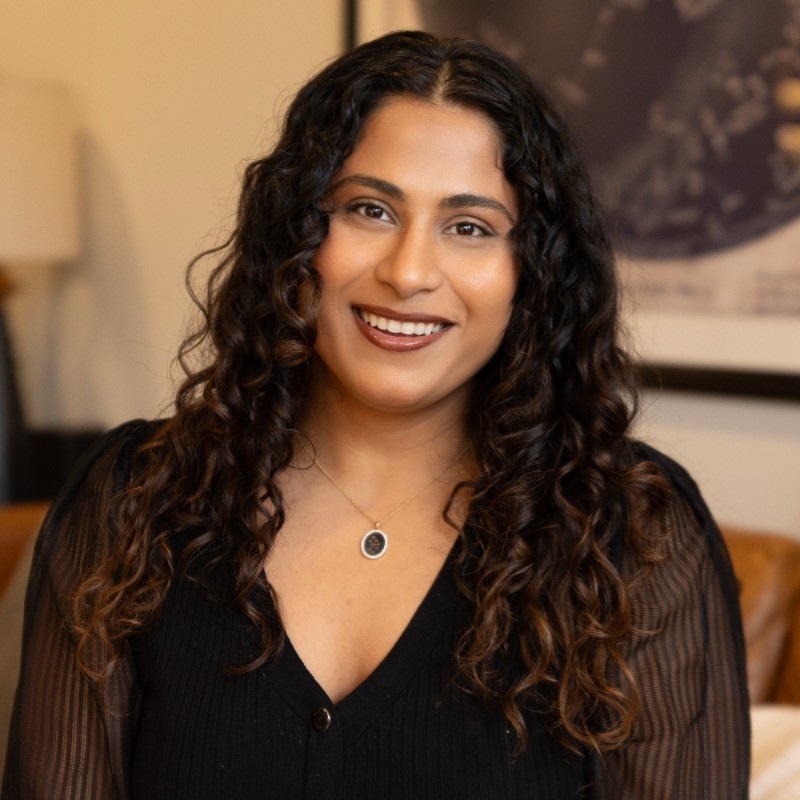We recently connected with Meher Goel and have shared our conversation below.
Alright, Meher thanks for taking the time to share your stories and insights with us today. What’s been the most meaningful project you’ve worked on?
Over the course of my life and career, I’ve had the privilege to be part of many meaningful projects—launching a handcrafted jewelry brand at 15 (and again at 26), campaign managing for youth empowerment NGOs, leading design conferences at Etsy, and designing interiors for clients across California, NYC, Dubai, and London. Practicing creativity across so many different spaces has allowed me to stay connected to my curiosity and sense of purpose.
One of the most fulfilling projects I’ve worked on—and continue to work on—is Riley, where I currently lead design. Riley is a parenting app that offers 24/7 expert-backed support, smart tracking, and personalized guidance tailored to the real lives of new parents. It’s smarter than any book and shaped to meet each family where they are.
I joined Riley as the first employee, helping shape the product from the ground up. That meant building not just the visual identity, but the emotional tone—how the brand makes parents feel seen, supported, and never judged. I personally spoke to over 150 parents to better understand their experiences. Those conversations gave me not only deep insight into their needs, but also a new appreciation for my own parents and the journey of raising a child.
Our design work at Riley combines intuitive navigation, thoughtful animations, and what we call “Riley-isms”—little touches of joy and reassurance woven throughout the app. The goal is to create an experience that feels personal, friendly, and useful—especially during moments when parents need it most.
Leading design at Riley lets me bring together my three favorite “F’s”: form, function, and feeling. More importantly, it aligns with my belief that when we support parents better, we help children thrive—and by extension, strengthen whole communities.
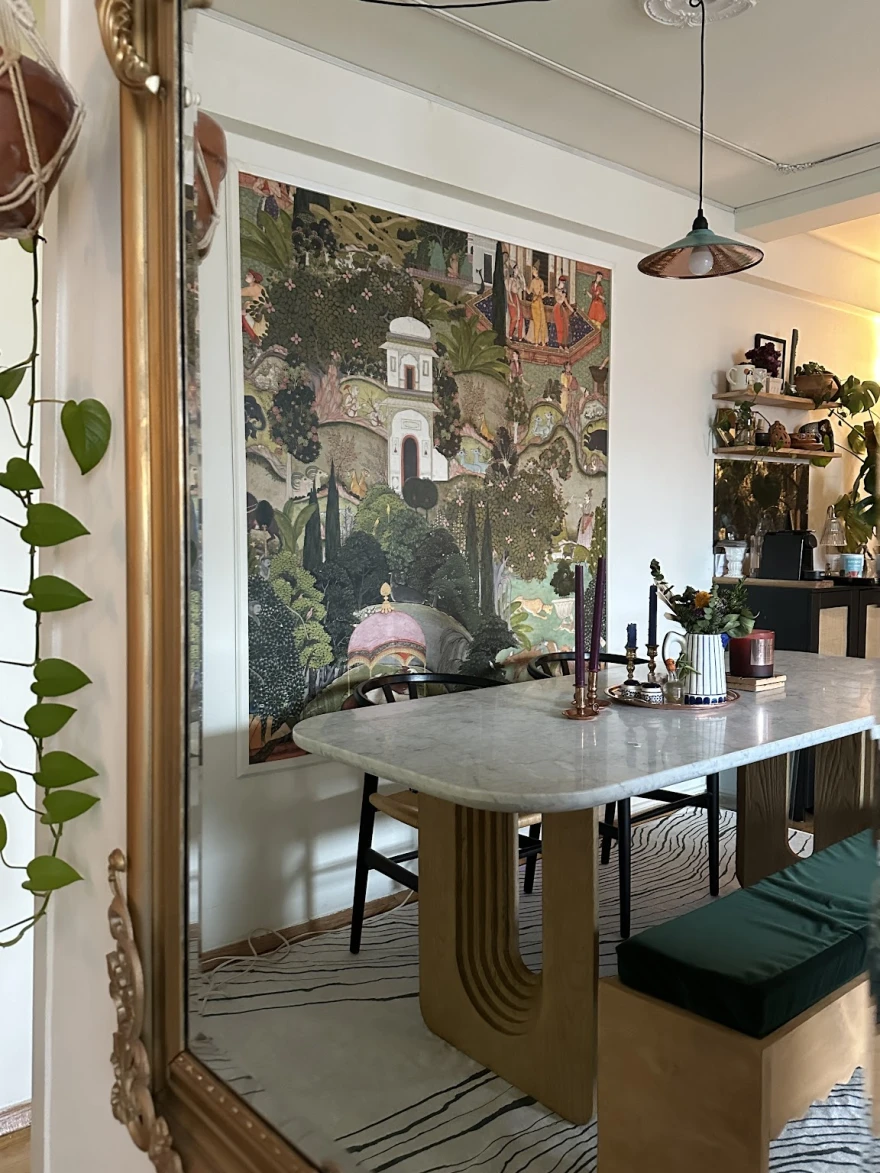
Meher, before we move on to more of these sorts of questions, can you take some time to bring our readers up to speed on you and what you do?
My name is Meher Goel—designer, cultural connector, and creative leader—passionate about using design as a catalyst to cultivate community and bring clarity to the world around us.
My earliest memory of my mom is also my first memory of being a designer. I’ve been a lifelong maker—for as long as I can remember, creativity has been how I’ve made sense of the world. As a kid, I spent hours rearranging my dollhouses and organizing my room. In my teens, I was deep in Tumblr theme customization, painting murals, and launching handmade businesses—always trying to create experiences that felt both personal and beautiful.
Exploring all those creative outlets helped me understand that I wanted to pursue a creative path professionally. Psychology was a close second—I nearly enrolled in a dual program at RISD and Brown to become an art therapist. But I realized that while I loved people, I was more drawn to helping them through design than through direct therapy. That led me to Parsons, where I studied multimedia art and design. I originally thought I’d end up in advertising—but when I took my first UX design class, something clicked. It was the perfect blend of my two passions: design and psychology. Product design became the space where I could be both strategic and empathetic, analytical and human.
Since then, I’ve worked across a range of industries in tech—from weddings and gaming to insurance, e-commerce, healthcare, and most recently parenting AI. My focus has always been on creating digital experiences that are thoughtful, emotionally intelligent, and deeply useful.
Today, I lead design at Riley, a parenting app that offers 24/7 expert-backed support and personalized tools for new parents. I’m passionate about building systems and stories that make parents’ lives easier—and help shape the next generation of parenting with more compassion and confidence.
My creative practice extends into every part of my life—content creation, writing, interior design, and a worldview shaped by curiosity and care. I pull inspiration from everywhere: patterns in people, cultural rituals, digital tools, and small everyday details. Whether I’m designing an app or arranging a space, I’m always thinking about how to create something that feels not just functional, but truly human.
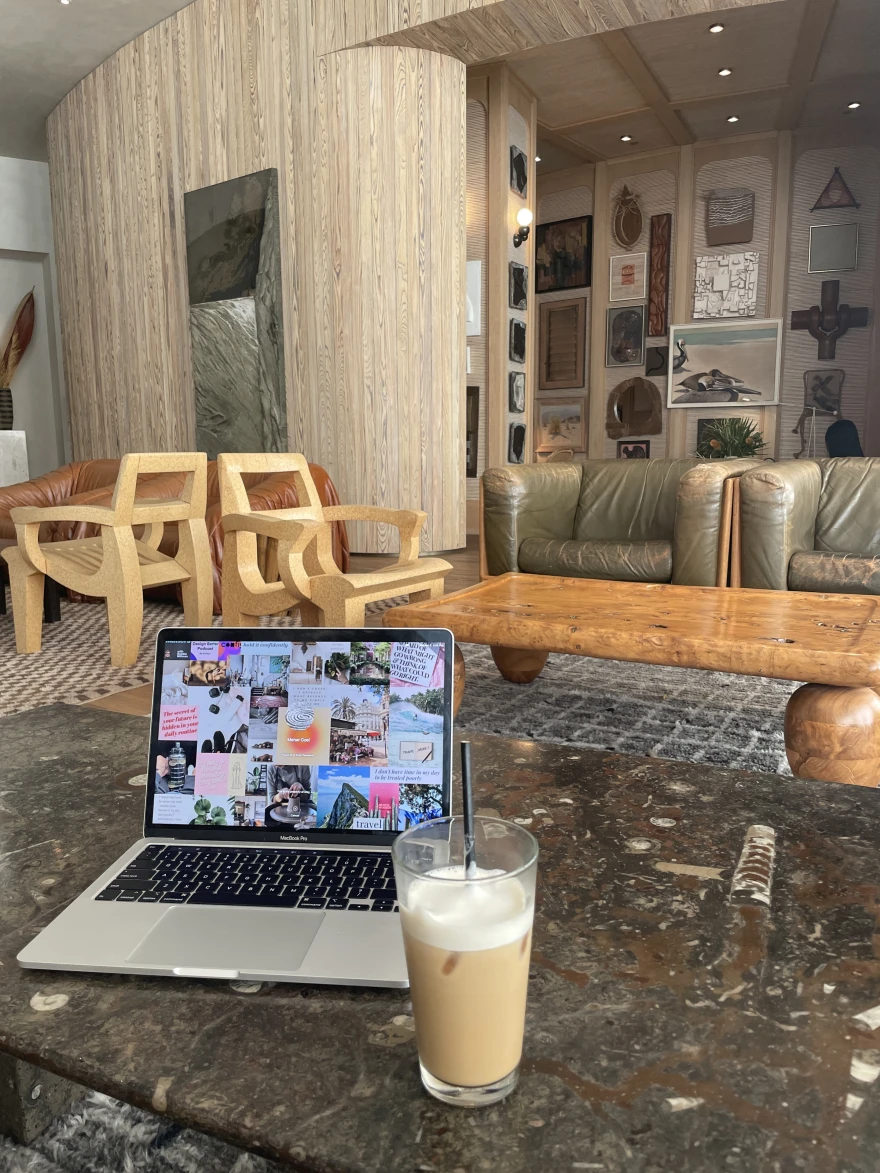
How about pivoting – can you share the story of a time you’ve had to pivot?
After college, I landed what I thought was my “real” first job—only to experience my first layoff shortly after. What followed was an eight-month stretch of job searching that tested my patience, confidence, and identity. It was one of the first real slowdowns of my life, and it felt like the momentum I had built during my time at Parsons had completely stalled , especially at 23 when every big life obstacle can feel monumental.
Eventually, I got an offer—but due to a complex tangle of immigration logistics, I had to make a massive decision: either turn down the job and move back home to Dubai, or pack up my life and move to Guatemala on just three weeks’ notice. After 8 months of persevering, there way no way I was going to quit now, so I did what any other third-culture-kid would do and I moved to Guatemala.
That pivot changed my life. The move was hard—new culture, new city, no real plan or timeline on how long I would be there. But over time, I found community and more importantly, I found a mentor and manager who fundamentally changed the way I design. She generously poured her Wharton MBA into me over three years, and thanks to her, I became not just a better designer—but a better strategist and thought partner. I began to deeply understand the why behind design decisions, how they ladder up to business goals, talking to stakeholders, and how to advocate for both the user and the business without compromise.
That chapter taught me that sometimes the most meaningful pivots don’t look shiny from the outside—but they quietly build your foundation. Since then, I’ve been back to Guatemala a few times and look at my chapter there fondly, perspective is everything.
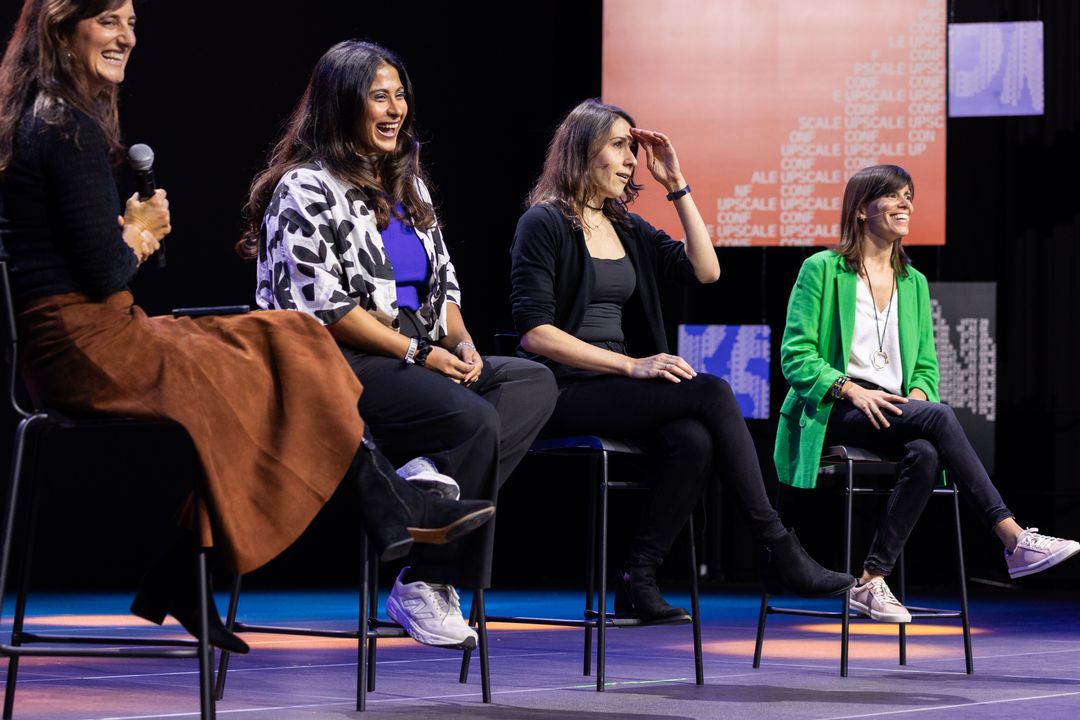
We’d love to hear the story of how you built up your social media audience?
My social media presence—particularly on @mehermakes—was never about “building an audience” in the traditional sense. I started the page as a creative outlet, separate from my career in UX and product design. It became a space where I could share things that felt good to me: little moments of beauty, DIY projects, home design experiments, and the joy of making a space feel like you.
What really motivated me early on was wanting to see more people who looked like me in the creative and interior design space. Growing up, I didn’t see many South Asian women represented in that world, and I wanted to contribute to changing that—even if just in a small way. Eventually, it became a way for me to reconcile with the design practices in my own culture and embrace an eclectic modern aesthetic that younger-me could have never imagined for herself.
Over time, I realized that people connected most when I was simply sharing what I genuinely enjoyed or learned—whether it was a renter-friendly design tip, a color palette I was obsessed with, or a corner of my home that felt cozy. I try to post with the mindset: “What would I enjoy watching or find useful?” That question keeps me grounded.
I also share with a mission: to empower people to know that good design and aesthetics aren’t just for professionals or people with huge budgets. With a little elbow grease, intention, and creativity, beautiful design is accessible to everyone. My advice to anyone starting out? Be consistent, but more importantly—be honest. Share what excites you, not what you think you’re “supposed” to post. Your people will find you when your voice feels real.
Contact Info:
- Website: https://www.mehermakes.com
- Instagram: https://www.instagram.com/mehermakes
- Linkedin: https://www.linkedin.com/in/mehergoel
- Twitter: https://www.x.com/mehermakes
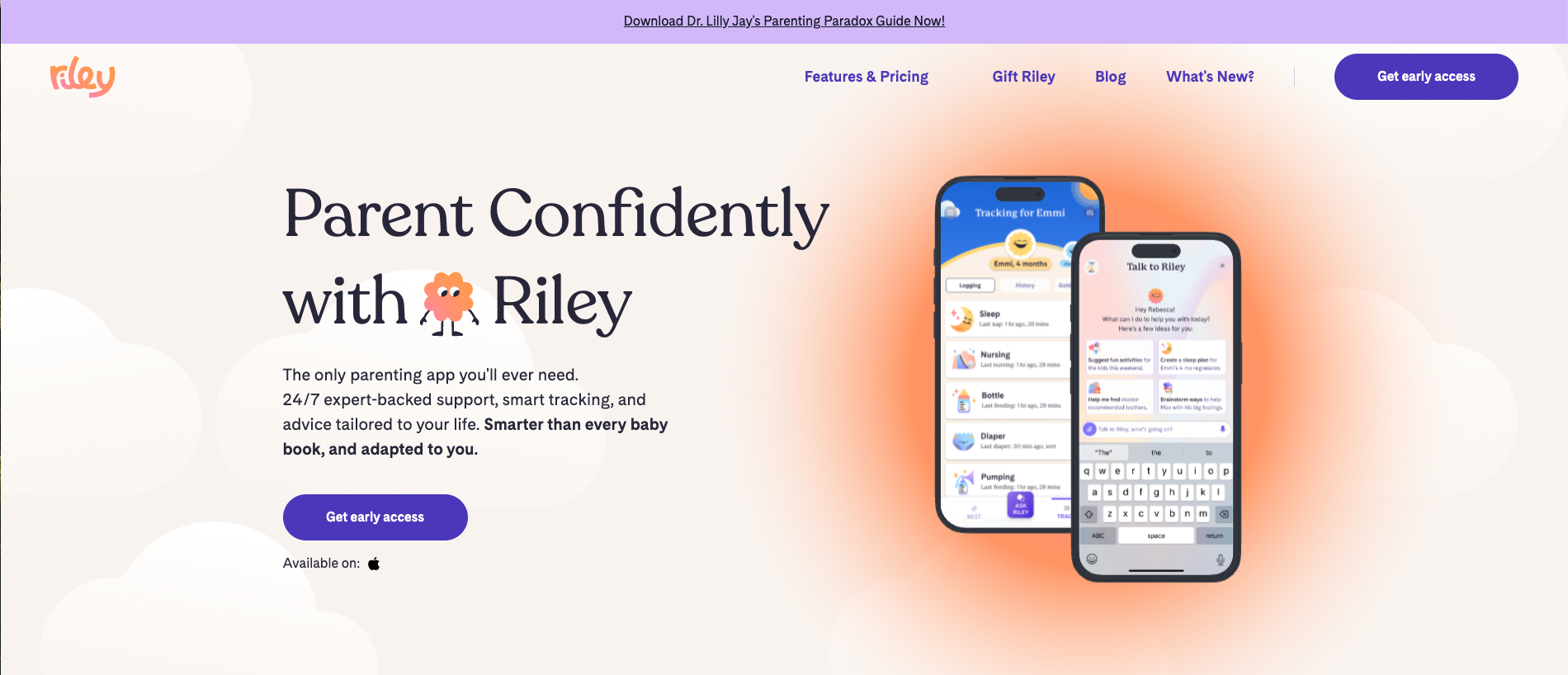
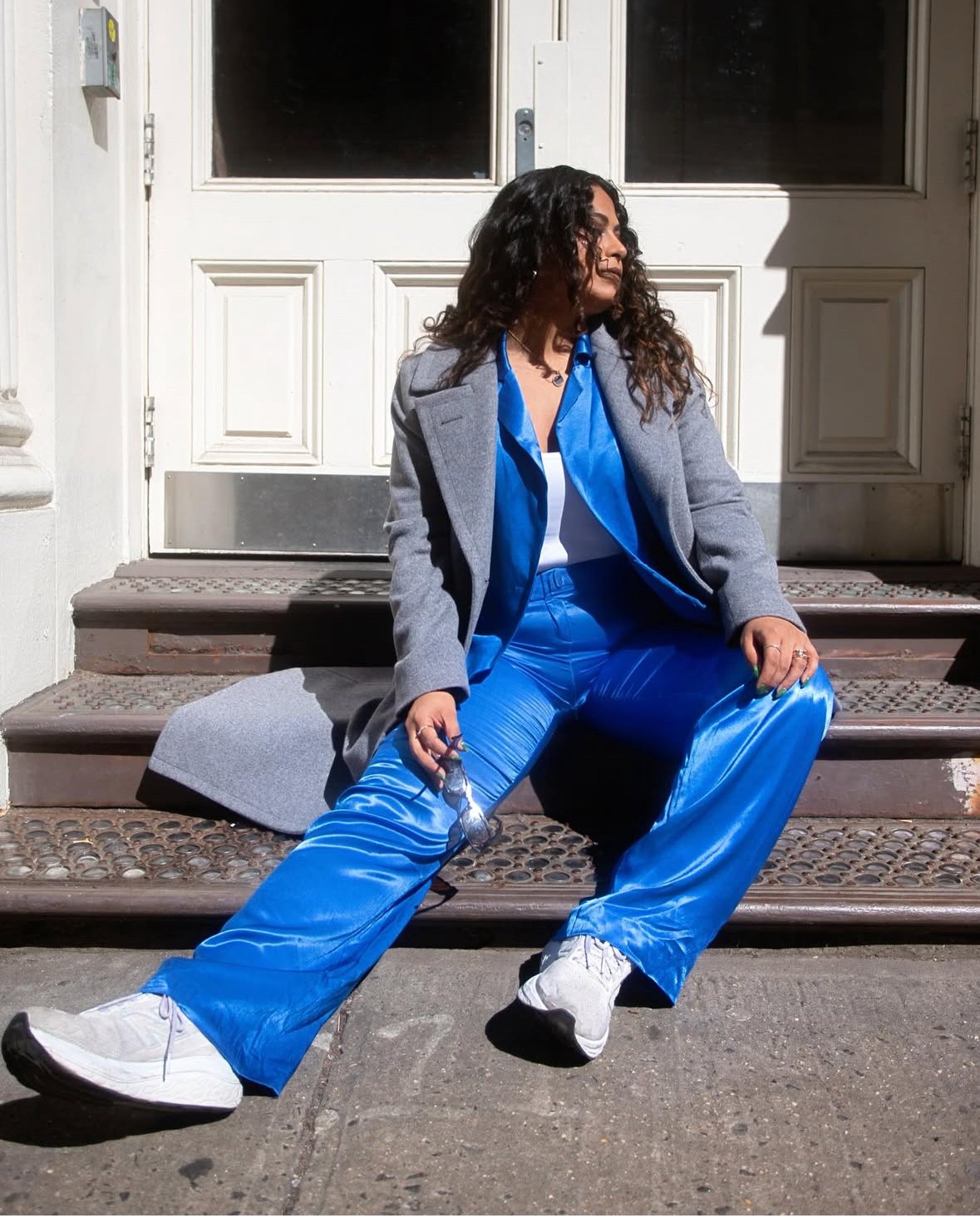
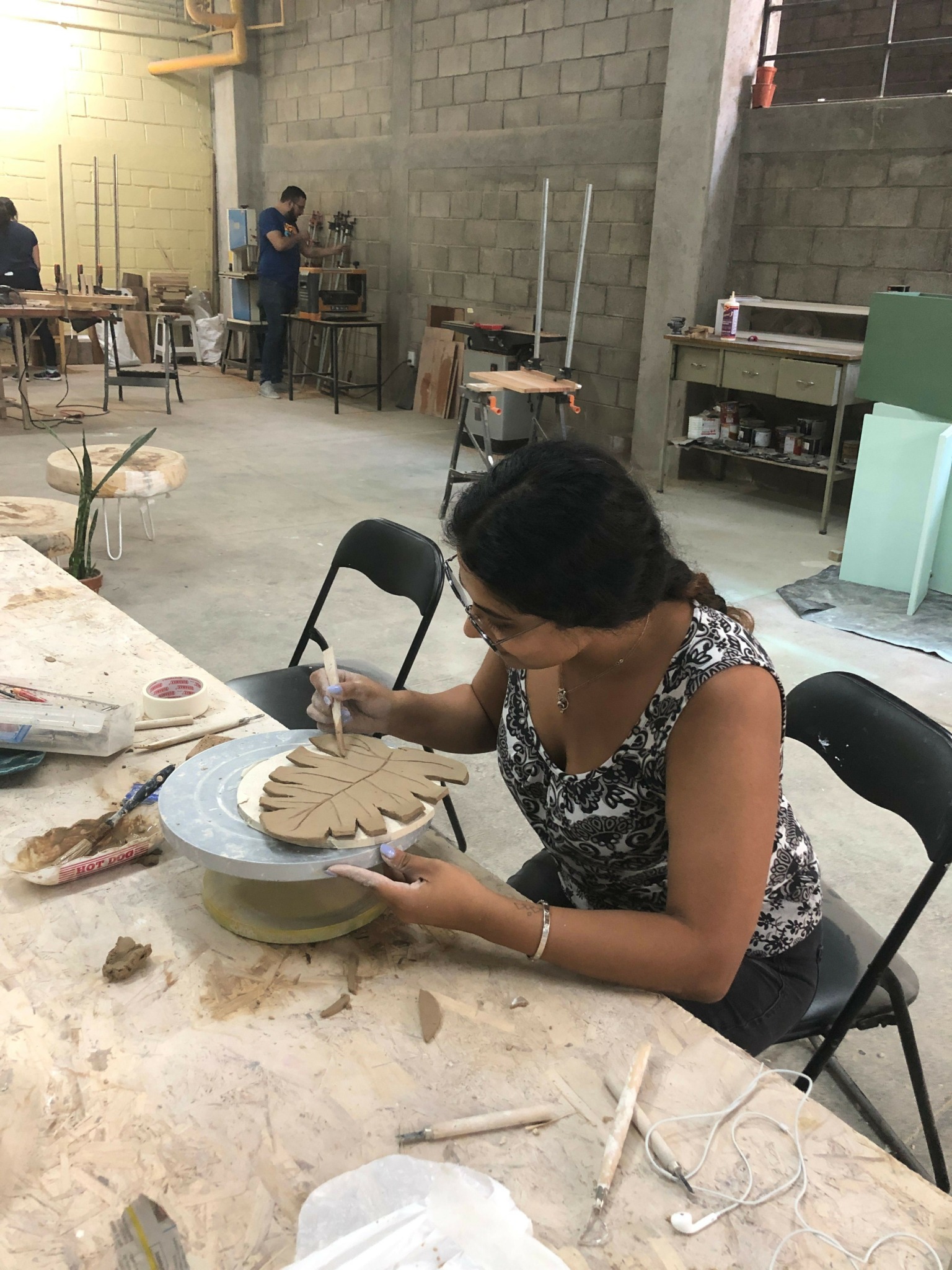

Image Credits
Photo of me in the blue suit shot by Mari Huang (https://www.instagram.com/mari___huang/?hl=en)


